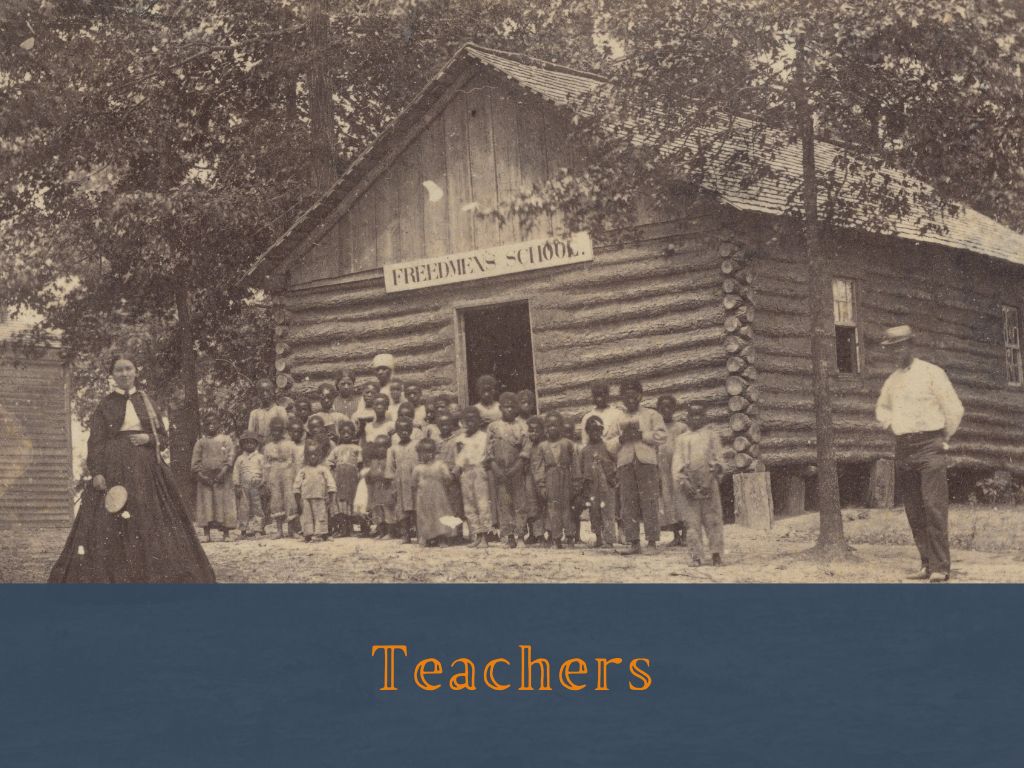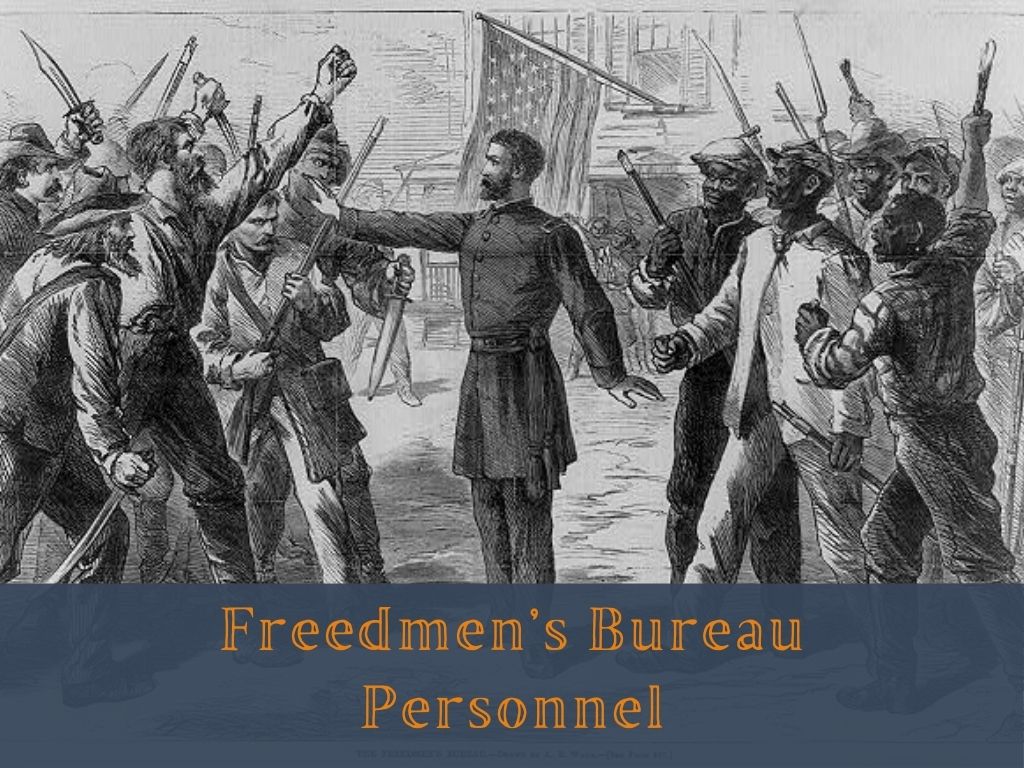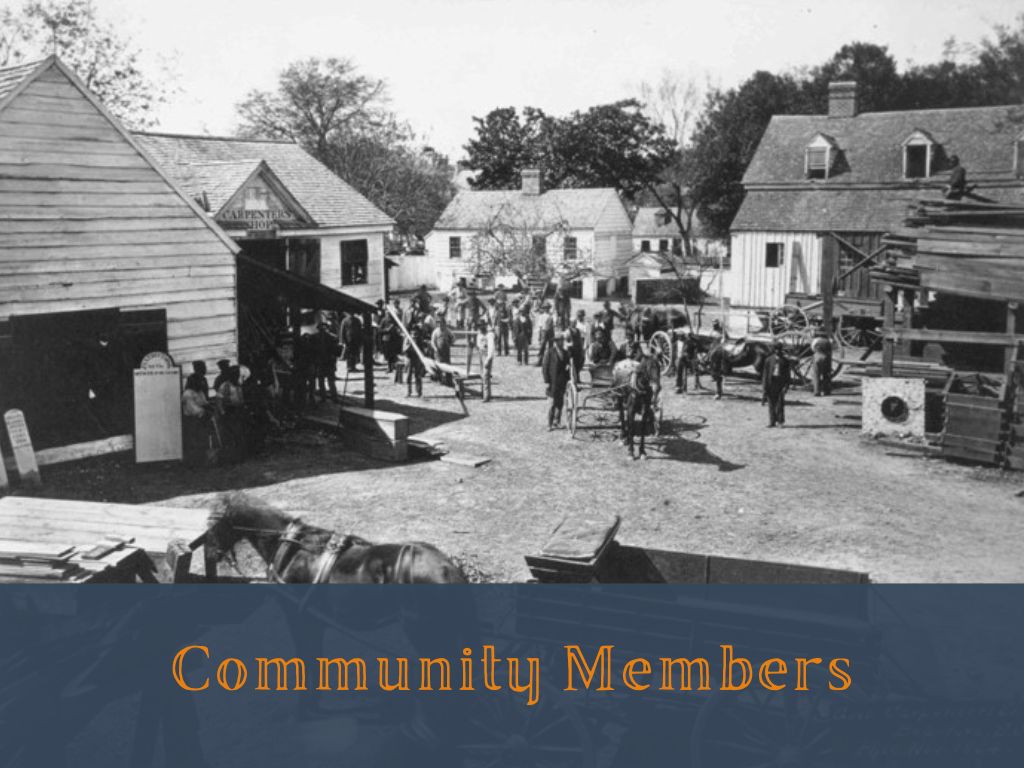People
The creation and maintenance of Harford County’s Reconstruction era schools involved many people and organizations. The process typically began with the formation of a board of trustees from among the local community. Most trustees were married African American men. Rather than representing the most prosperous members of their community, census data suggests they included both landowners and renters, with a range of personal wealth.
School trustees might look to two major sources of assistance in starting a school: the Freedmen’s Bureau and the various aid societies that sought to encourage education among the freed people. The U.S. Freedmen’s bureau operated within a complex hierarchy of state assistant commissioners and subsidiary local offices. Because Harford County had no local subdistrict office of the Bureau, trustees and teachers dealt mainly with the assistant commissioner responsible for Maryland, and the Bureau’s education superintendent for the state. They also sometimes communicated with the Bureau’s quartermaster or disbursing officer for the state, who was responsible for the supply of building materials and other items. Most Freedmen’s Bureau officials were officers of the U.S. Army.
Harford County’s teachers of freedmen’s schools during Reconstruction were primarily young African American women of northern birth. Few teachers lived year-round in Maryland. Instead they typically returned to their home towns in the North for the summer. Some were reassigned to schools in other states after less than a semester in Harford County, while others taught in the county for several years.
While the teachers worked with the school trustees and communicated with Freedmen’s Bureau officers, they were employed by aid societies like the Baltimore Association and the New England Freedmen’s Aid Society, which had their own organizational hierarchies. Those running these organizations and communicating with trustees, the Freedmen’s Bureau, and teachers, were typically white men, often members of the clergy. As many of the documents used in this project demonstrate, the complicated and developing situation during Reconstruction often resulted in confusion and misunderstanding between trustees, teachers, the Bureau, and aid societies regarding who was responsible for various aspects of school support.
The documents linked below were compiled mainly from the records of the U.S. Freedmen’s Bureau (housed at the National Archives and made available digitally through the National Museum of African American History and Culture). These have been supplemented by material from the archives of the New England Freedmen’s Aid Society (in the collection of the Massachusetts Historical Society) and local newspapers.




